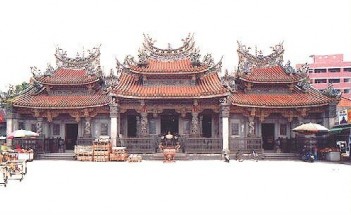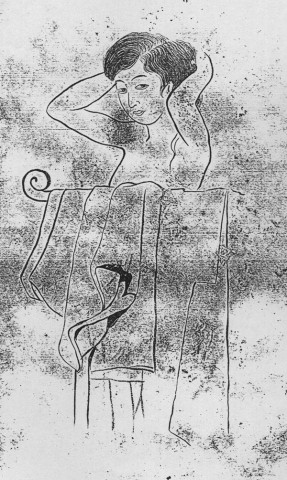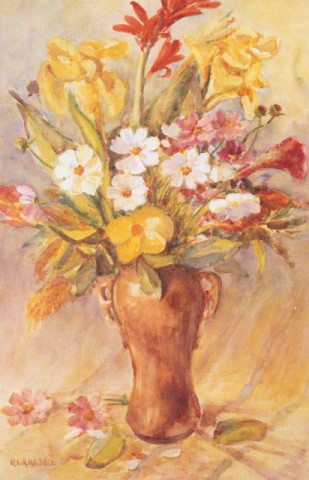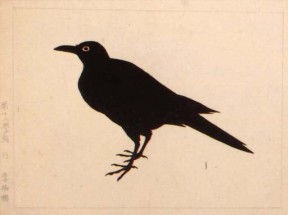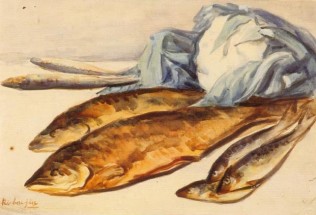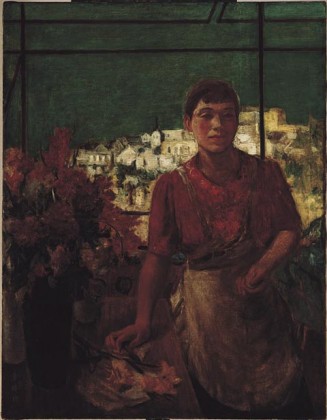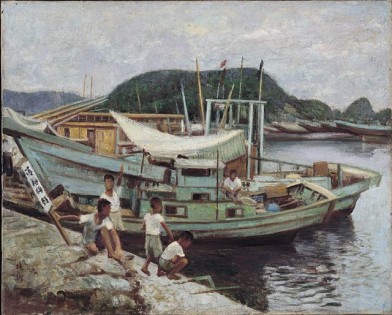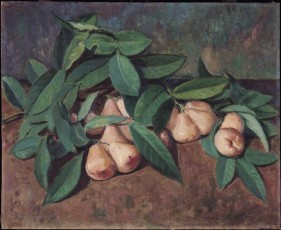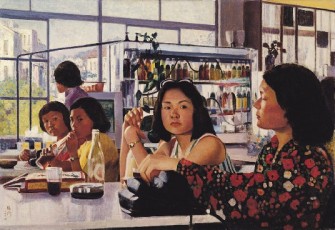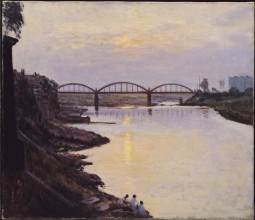TELDAP Collections
| Li Mei-shu, the “Great Wall” of Taiwanese Art Movement |
|
Born in 1902 in Sanhsia, Taiwan, Li Mei-shu (李梅樹) developed interest in drawing since early childhood. He left for Japan in 1928 to pursue his dream of becoming a painter. In March 1929 he was admitted to Tokyo School of Fine Arts where he concentrated on the study of such different schools as Classicism, Romanticism and Realism. Shortly after his graduation from the art school in 1934, Li returned to his hometown, Sanhsia, to which he had a profound commitment. As a painter, Li used his paintbrushes to fulfill this commitment, manifesting his love of the people and nature on many a canvas. In the meantime, he was also active in promoting fine arts in Taiwan. In November 1934, Li and seven other fellow painters founded Taiyang Fine Arts Association, the first ever such artist group in Taiwan. An annual art contest and exhibition has been held by the Association ever since. Li was appointed to a professorship of fine arts at Chinese Culture University in 1962 and at National Taiwan Academy of Arts in 1964. In 1967, he founded the Department of Sculpture at National Taiwan Academy of Arts. In 1975, he began to teach art at National Taiwan Normal University. From 1947 through 1982, Li chaired the Reconstruction Committee of Sanhsia Tsushih Temple, taking charge of renovating the dilapidated temple. With Li’s painstaking design and prudent planning, the temple is filled with magnificent craftwork, making it a symbol of traditional Taiwanese art and culture.
Gifted and versatile artist as he was, Li received his first lesson in realism at Tokyo School of Fine Arts in Japan. And realism remained the principle he lived by as an artist for the rest of his life even though there were times when Fauvism or abstract expressionism was the mainstream. Somehow realism was the only way which, as Li himself described, "could best serve my faith in depicting the true beauty of rural life in Taiwan." Persistent and determined as he was, Li was thus regarded as the "Great Wall" in the art history of Taiwan.
On April 9, 1995, in commemoration of Li, the great artist-painter and temple architect, a memorial gallery was established by Li's descendants. The Li Mei-shu Memorial Gallery, with its abundant collection of Li's artwork and documents, has become a valuable source for the appreciation of one of the most influential Taiwanese artists since the Second World War.
To view other artwork of Li Mei-shu, please go to A Slice of Wonder.
|







